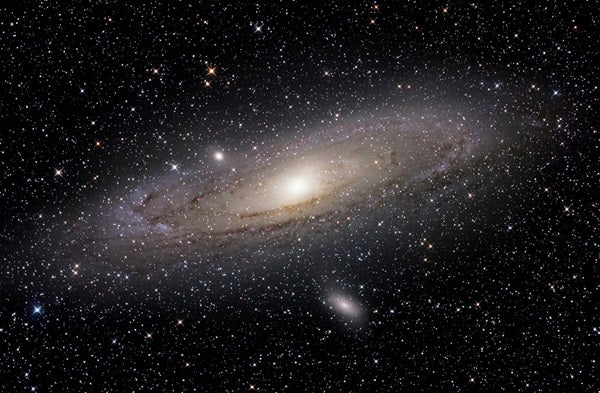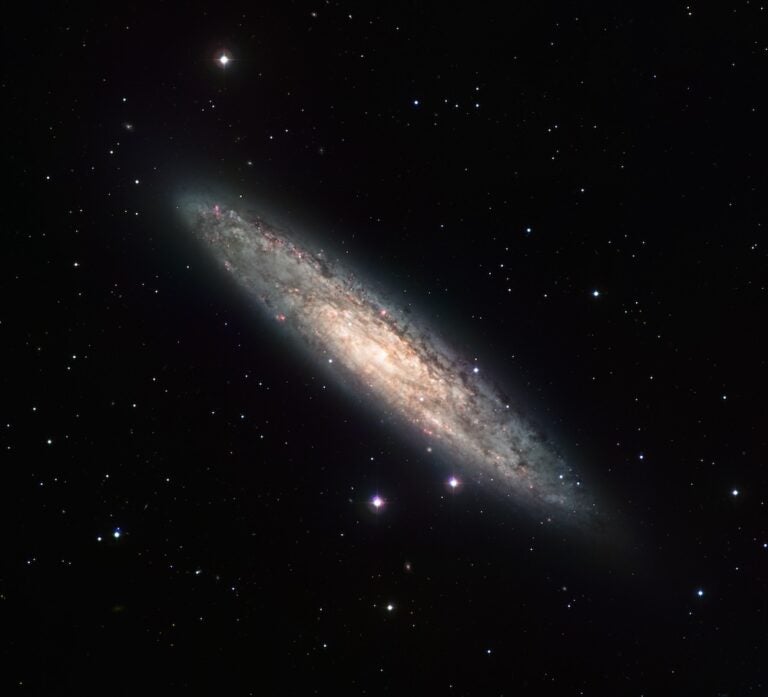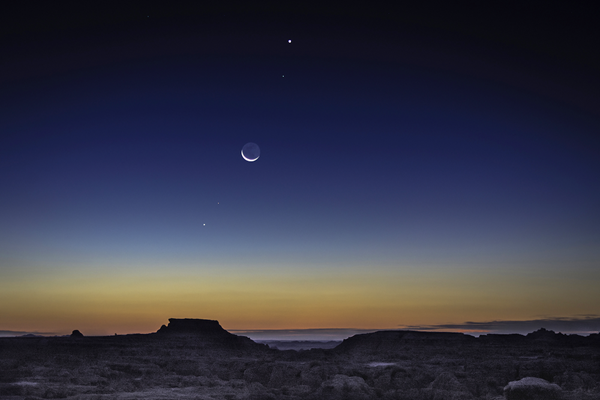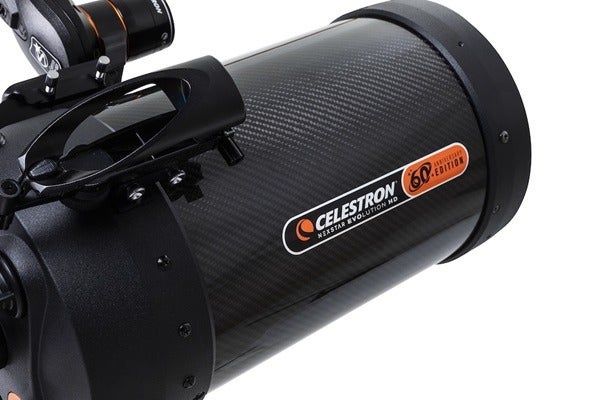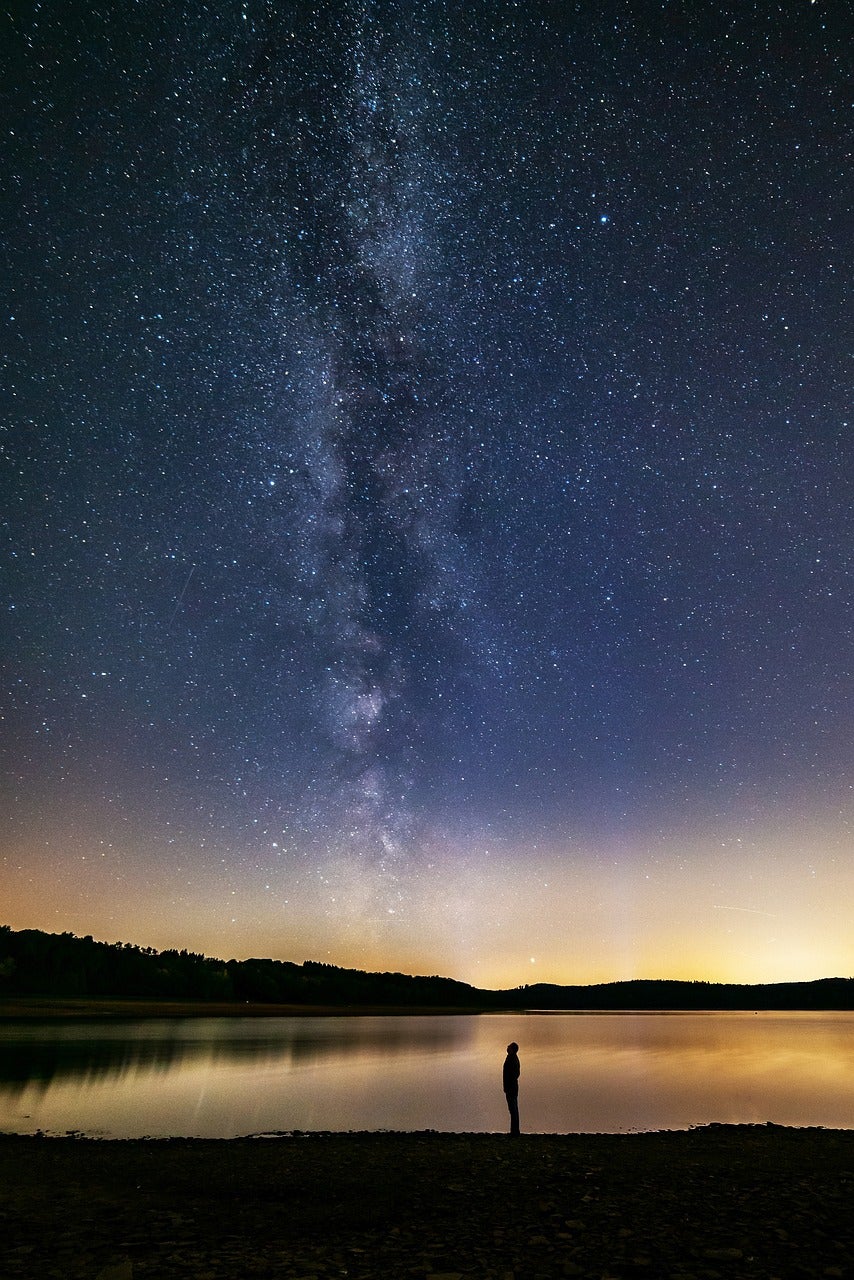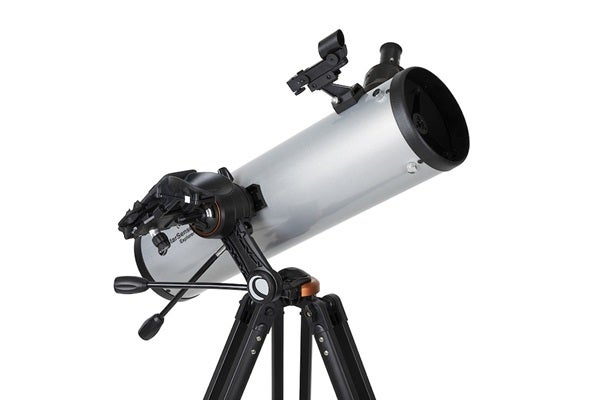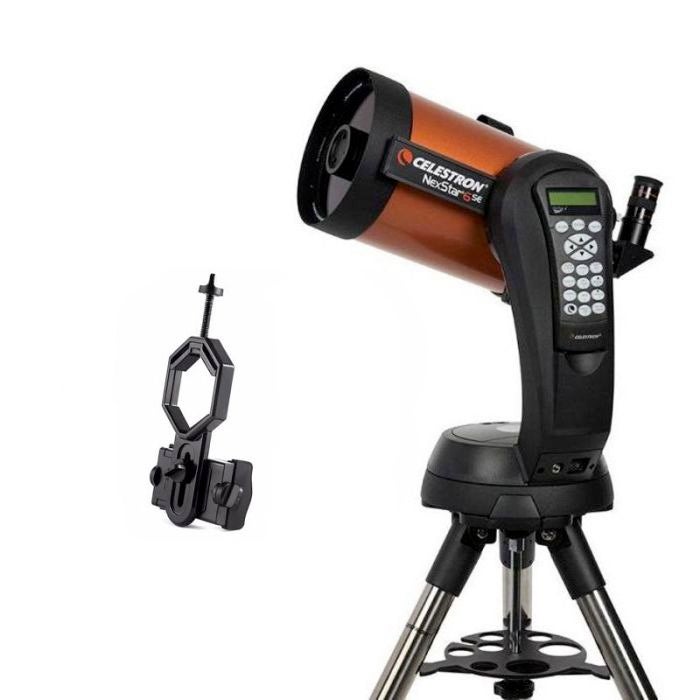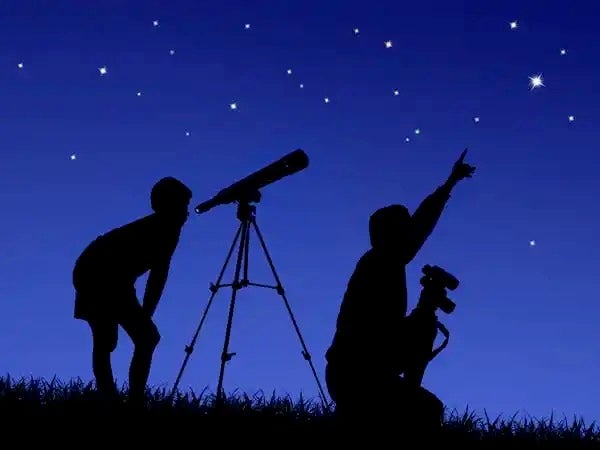A year ago, I introduced a “Prime 9” list of the best objects to show at public star parties. The “Prime 9” idea was inspired by a show of the same name that airs on the MLB Network. Each episode features the nine greatest in a particular baseball category — pitchers, home runs, teams, etc. As stated at the end of each episode, Prime 9 is “guaranteed to start arguments, not end them.” While mine didn’t generate any serious arguments, a few readers proposed some tweaks.
Gil Wright of Boise, Idaho, didn’t disagree with my decision to place the Moon at the top of the list. He simply recommended that I remind readers about the need for a Moon filter, especially around the time of Full phase. A “Prime 9” star party target isn’t “prime” if the viewer is blinded by lunar glare!
Bert Probst of Ellicottville, New York, liked my choices but suggested expanding it to a baker’s dozen (that’s 13 for you non-bakers). He tacked on Almach (Gamma [γ] Andromedae) (“beautiful double star with obvious color differences”), the Double Cluster (NGC 869/884) (“great in a wide field view”), the Lagoon Nebula (M8) (“featuring both a nebula and an open cluster”), and Ptolemy’s Cluster (M7) (“beautiful field of diamonds on a black velvet cloth”).
Todd Sanders of Tallahassee, Florida, would put the Milky Way at No. 4: “Whenever I’ve handed over binoculars to someone unfamiliar with the stars and planets and suggested they look up at that ‘cloud up there,’ they are awestruck.”
I got a Southern Hemisphere viewpoint from Rio de Janeiro, Brazil, amateur astronomer Marcos Contrucci. He replaced No. 7 (the double star Albireo) with Alpha (α) Centauri, No. 6 (the Pleiades) with the Large and Small Magellanic Clouds, No. 4 (the Hercules Cluster) with Omega Centauri (NGC 5139), and suggested I add Eta (η) Carinae, the “wonderful jewel of the southern skies.”
Jack Gross of Bedford, Virginia, emailed: “Love your ‘Prime 9’ article. I do a lot of outreach and agree with your list. However, it’s only half the story — how about a follow-up ‘Fascinating Facts’ to go with it? Folks love a little information about what they are seeing.” Sounds like a plan, Jack, and it also gives me the opportunity to recap my “Prime 9” star party targets for anyone who missed last December’s issue.
9) The Andromeda Galaxy (M31). The Andromeda Galaxy is about 2.5 million light-years away, which means that the light entering your eye from the eyepiece left the galaxy 2.5 million years ago — around the time our early ancestors were beginning to make stone tools.
8) The Ring Nebula (M57). A shell of gas ejected by a dying star, the Ring is wider than 1,000 solar systems (orbit of Neptune) laid end to end.
7) Albireo (Beta [β] Cygni). A double star isn’t as uncommon as you might think. About half of the stars visible in our nighttime sky are actually double, triple, or multiple star systems.
6) The Pleiades (M45). These delicate-looking stars may resemble glistening dewdrops, but they’re actually white-hot infernos. Alcyone (Eta Tauri), the brightest Pleiad, is nearly 10 times the diameter of the Sun and some 2,400 times as luminous. If placed where our Sun is, it would incinerate Earth in a matter of minutes.
5) The Orion Nebula (M42). The bright star Sirius (Alpha Canis Majoris), below and left of the Orion Nebula, is about 8.6 light-years away. If the Orion Nebula were that close, it would cover 90 percent of the sky.
4) The Hercules Cluster (M13). The Hercules Cluster is a spherical swarm containing several hundred thousand stars. If the Sun were inside it, our nighttime sky would be filled with thousands of stars brighter than Sirius.
3) Jupiter. The largest planet in the solar system, Jupiter is so big that, if hollowed out, it could hold over1,300 planet Earths.
2) Saturn. The least dense planet in our solar system, Saturn would float in a huge bathtub.
1) The Moon. Take a good look. You may be walking around up there some day as a colonist at the first Moon Base. Study your math and science! (I use this one with my young star party guests.)
For more examples of cosmic “wows!” look into the books The Cosmic Mind-Boggling Book by science writer Neil McAleer (Warner Books, 1989) and Extreme Cosmos by Bryan Gaensler (Perigee Trade, 2012).
Want even more? Try a Web search for “amazing space facts” (or something similar). There are dozens of websites that offer mind-bending astro-facts. One of my favorites is “The Year in (Bad) Astronomy Facts” (http://tinyurl.com/AstroFacts), compiled by “Bad Astronomer” Phil Plait. Don’t be misled by the title. Plait’s work is anything but “bad”!
Questions, comments, or suggestions? Email me at gchaple@hotmail.com. Next month: astronomical freebies. Clear skies!


